Have you noticed that classic cars kept in storage for only a few years are now called barn finds? It’s a bit annoying and kind of dilutes the term, doesn’t it? Well, if you’re tired of boring Malaise-era cars being “unearthed” after ten years in a garage, here’s a 1951 Pontiac that sat for more than 50 years in a proper barn.
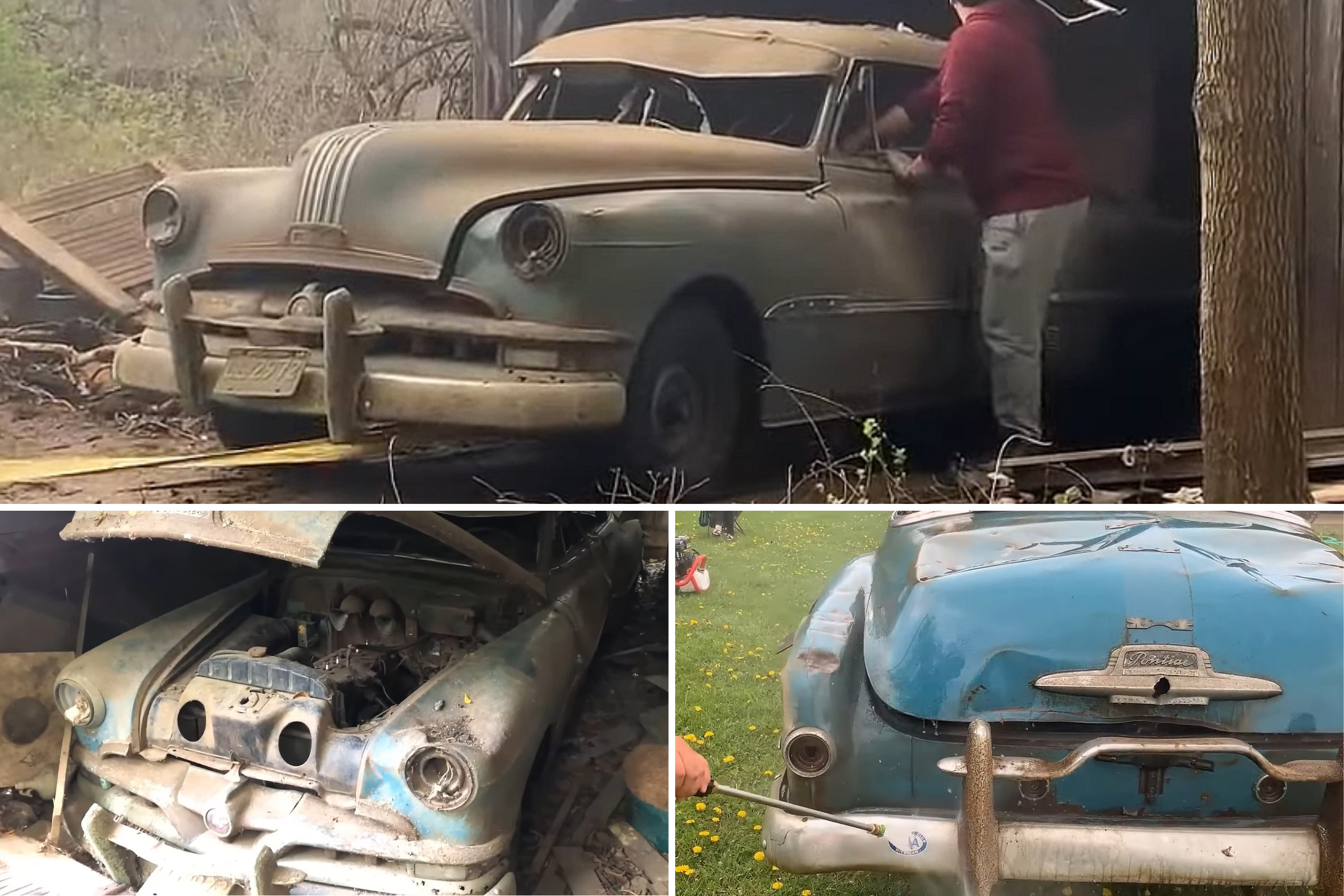
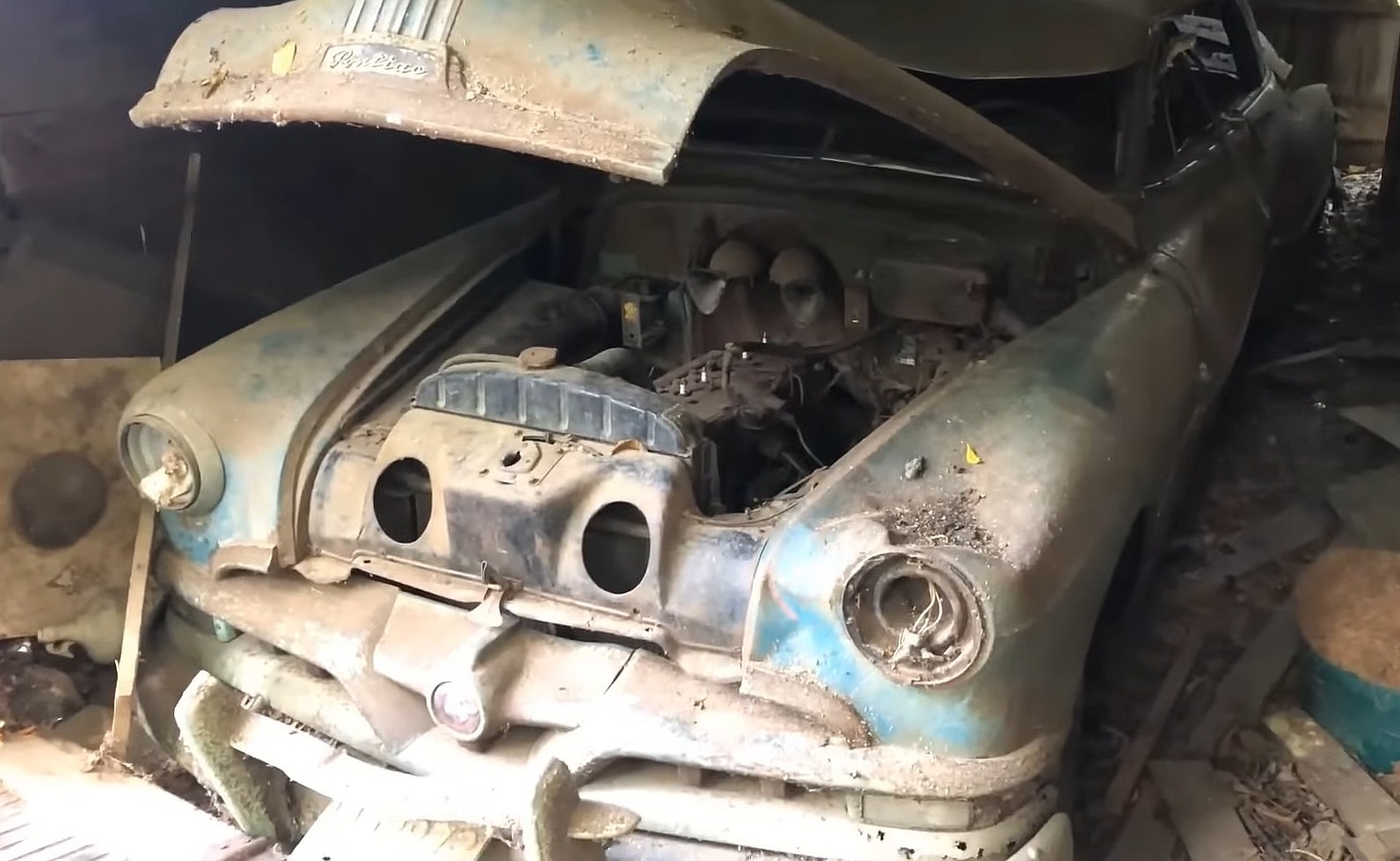
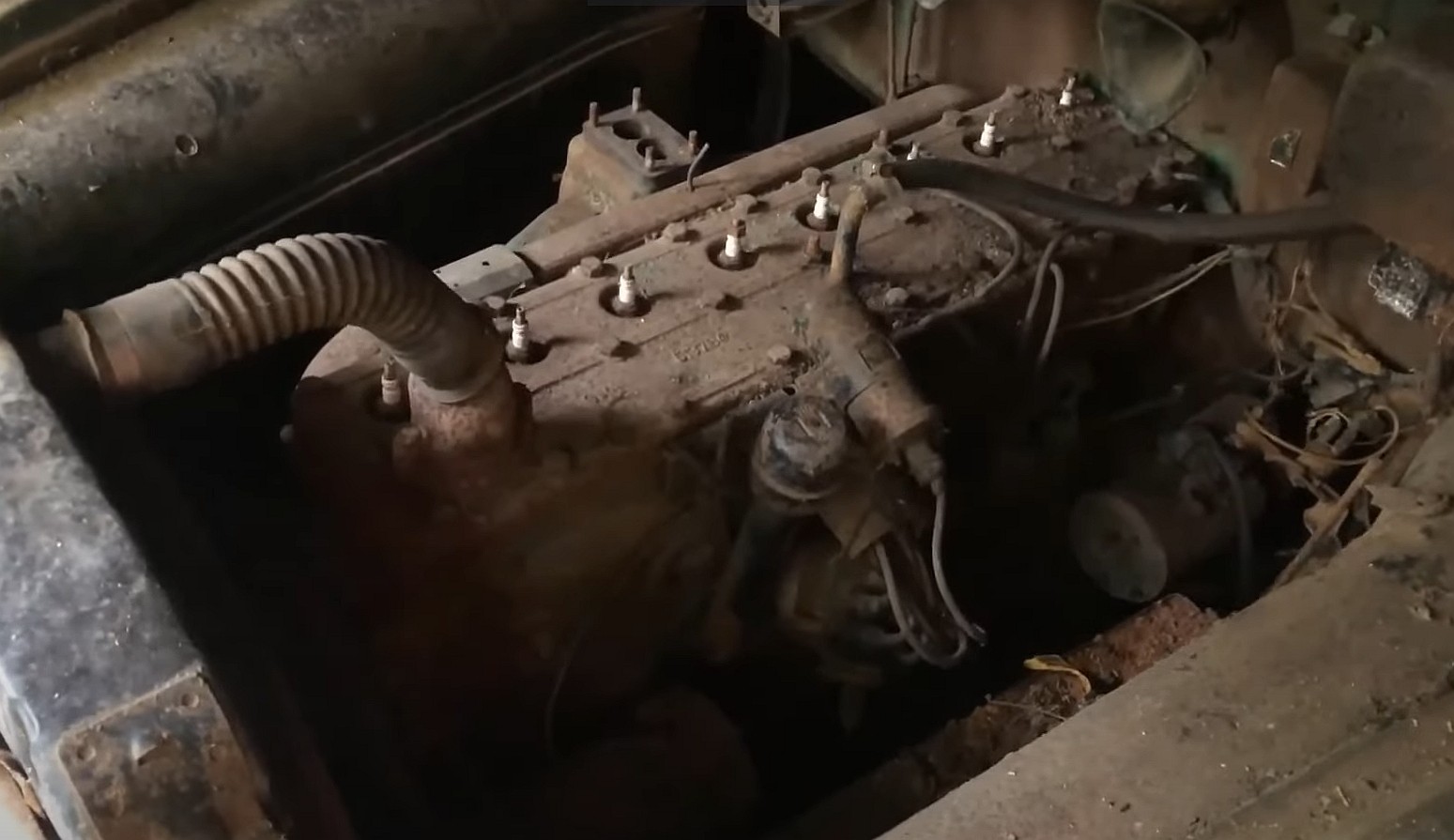
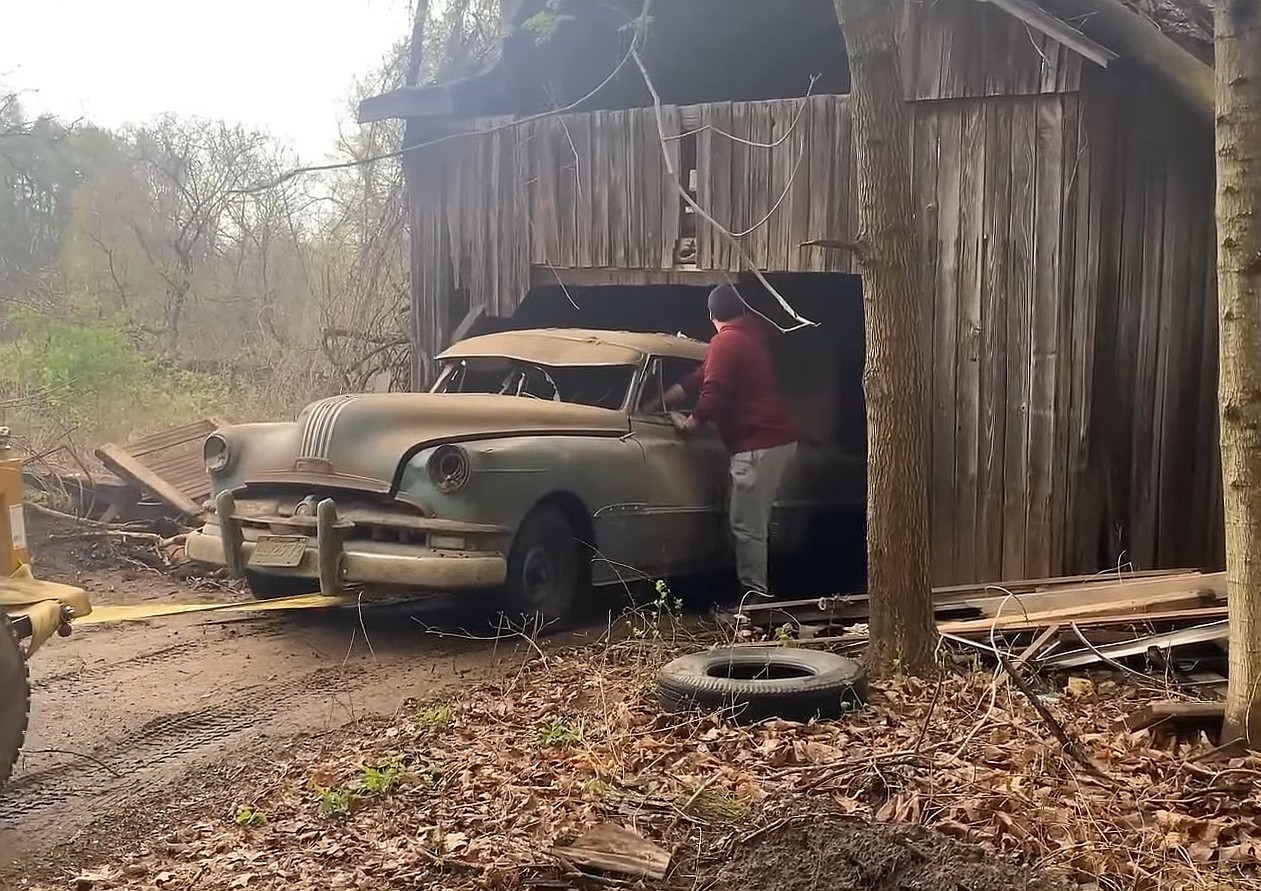
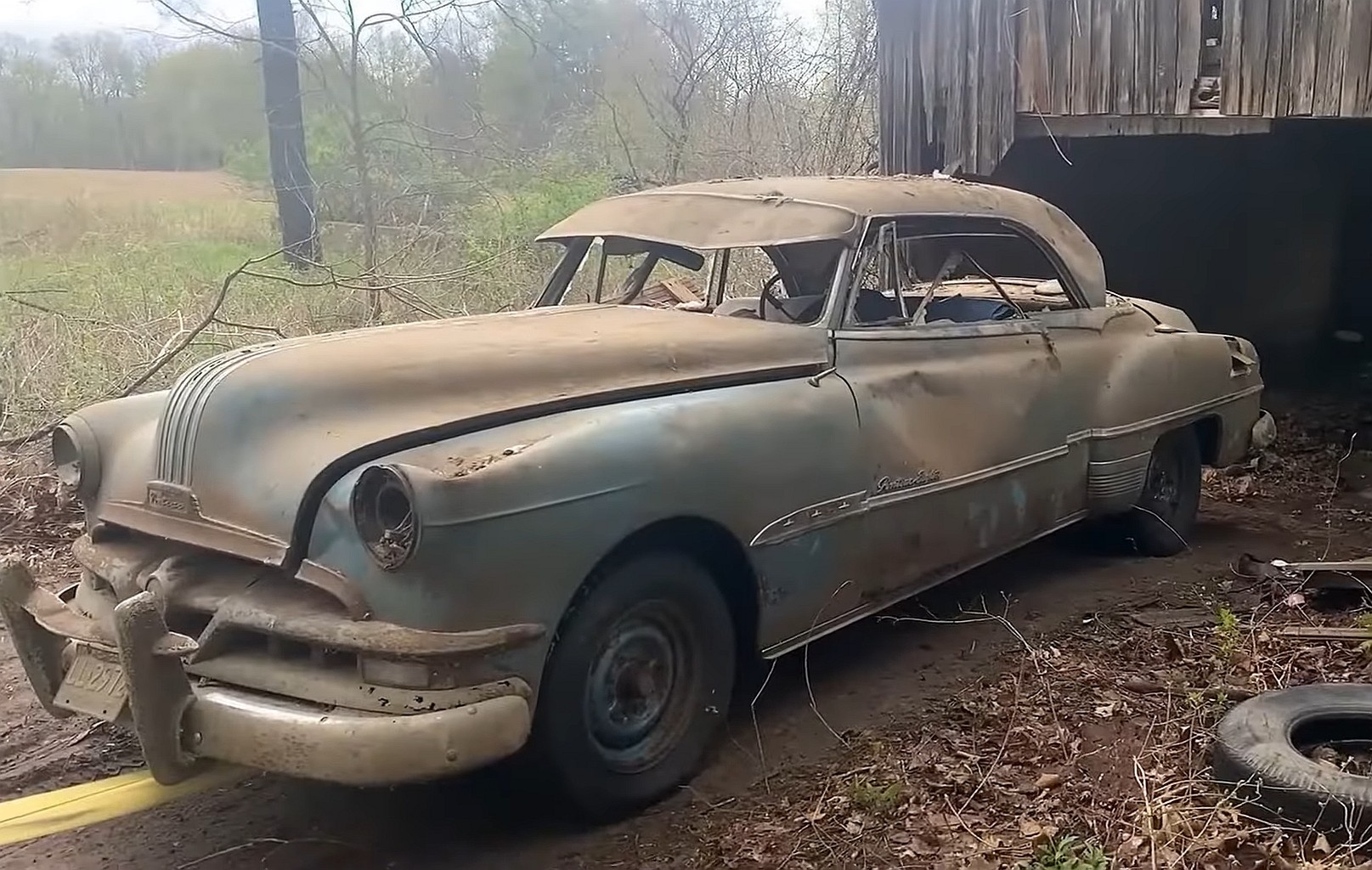
Granted, it’s not as appealing as a Chevrolet Bel Air or a Cadillac Series 62, both iconic cars of the 1950s, but it’s a fantastic survivor we don’t get to see very often. And even though it was parked and forgotten in 1968, and some would label it as a parts car, this Poncho was dragged out of its derelict barn to get a restoration. How’s that for a second chance at life?
There’s no background info about the two-door hardtop, so I have no idea why it ended up in storage in the late 1960s, but it’s pretty obvious that it hasn’t been touched since then. We’re talking about a whopping 55 years of sitting with limited protection from the elements. And not surprisingly, the extended barn life took a toll on the early 1950s Pontiac.
At first glance, the ole Chieftain is not a pleasant sight. It’s covered in a thick layer of dust, most windows are gone, and quite a few body panels show serious dings. It’s also missing its headlamps and taillights. On the flip side, the car is surprisingly complete, down to all the chrome trim, the big bumpers, and the badges on the hood and trunk lid. And we can still see some of the original blue paint on the fenders.
The story is very similar inside the cabin. The upholstery is almost gone from the seats, and the door panels don’t look very good. The steering wheel is wrecked almost beyond recognition, while some dashboard components are missing. But I’ve seen far worse interiors getting rescued nowadays when the market is loaded with NOS-type parts. And I can’t get over how gorgeous this white and blue interior must have been when new.
As for what’s under the hood, there’s good news and bad news. The good news is this Poncho still carries its original engine, a 268-cubic-inch (4.4-liter) straight-eight. The bad news is the mill is too far gone to be revived without a complete rebuild.
But wait, there’s more. Once dragged out of its grave, the Pontiac gets the pressure-washer treatment, a process that reveals the body is, in fact, in surprisingly good condition. As in there’s little rust to talk about. And we can see more of that beautiful blue paint on the upper body panels.
The video also includes footage of the car being taken apart. And while the interior was packed with rat nests and the fuel tank looks like Swiss cheese, the frame appears to be in excellent condition for a classic that sat for more than five decades. All told, this Pontiac is a solid base for a rotisserie restoration.
Sure, reviving this old hardtop will probably be more expensive than its market value in Concours-ready condition. But if the owner is willing to do that, it’s a project I’m looking forward to seeing finished. Especially since I’m a big fan of the 1950s Pontiac Chieftain.
This barn-found 1951 hardtop is part of the first-generation line built from 1949 to 1954. And it’s one of those range-topping Catalina versions. Yes, the latter was a stand-alone model from 1959, but it was used as a trim-level package on the Chieftain starting in 1950 and on the Star Chief beginning in 1954.
Based on the GM A platform and related to the Chevrolet Deluxe of the era, the first-gen Chieftain was offered with a selection of inline-six and straight-eight engines. This particular model left the assembly line with a 262-cubic-inch (4.4-liter) Silver-Streak L-head inline-eight rated at 118 horsepower. The Catalina is the most valuable iteration of the first-gen Chieftain, going for as much as $50,000 in restored condition.





